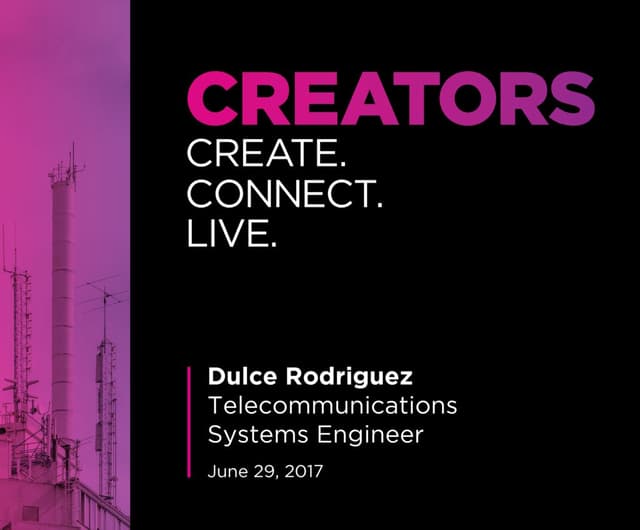Discover how Ph.D. candidate at the University of Bristol, Dulce Rodriguez, turned her interest in how technology impacts society into a full-blown research project that aims to create a blended intergenerational learning environment.
Dulce Rodriguez: Telecommunications Systems Engineer
Dulce Rodriguez: Telecommunications Systems Engineer

Related Content
It takes someone special to look at the island of Manhattan – possibly the most transformed, altered landscape on earth – and see the beaver dams, streams, marshes, and rolling hills that it once was... and want to bring that back to life. That someone special is Dr. Eric Sanderson, the originator of the Mannahatta project, now called the Welikia project. Discov…
Discover how Ph.D. candidate at the University of Bristol, Dulce Rodriguez, turned her interest in how technology impacts society into a full-blown research project that aims to create a blended intergenerational learning environment.
Recently, the Qualcomm Tricorder XPRIZE® announced its winners. We caught up with Ed Hepler, ex-InterDigital engineer and hardware development lead of the winning bootstrap operation, Final Frontier Medical Devices, after the winning announcement in this CREATORS sit-down.
Blog Post /Dec 2025
Blog Post /Dec 2025
Blog Post /Oct 2025